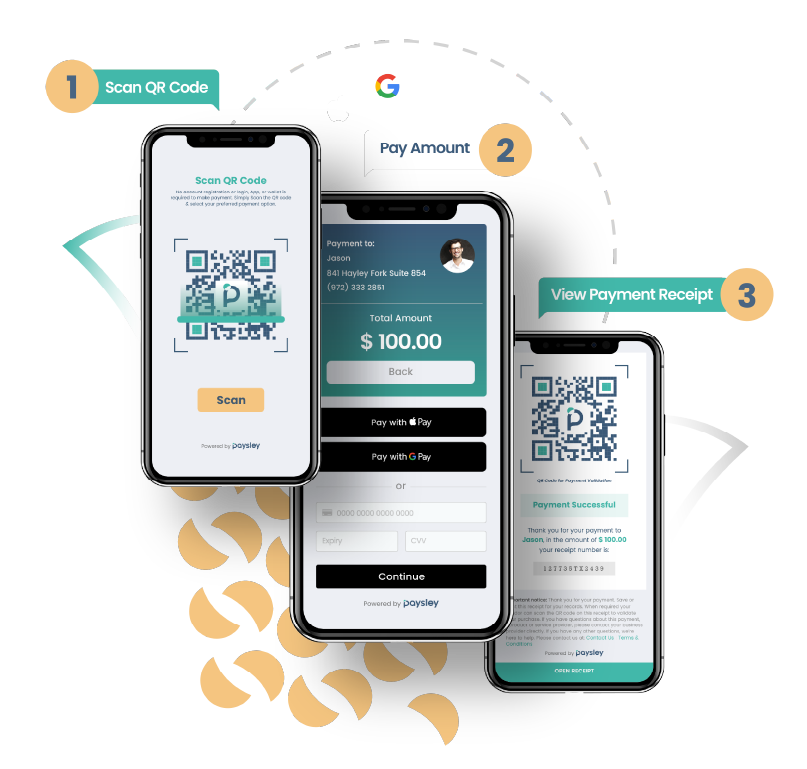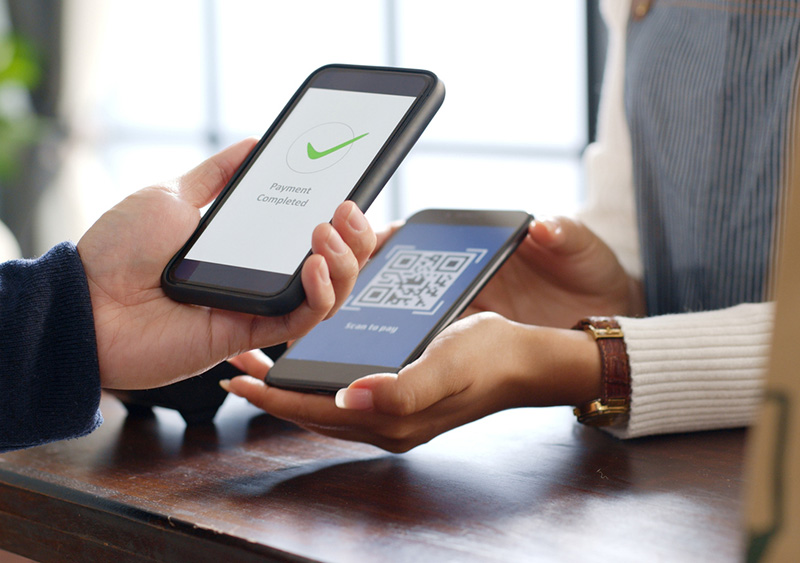Zero card readers, hardware, or special equipment required
Paysley Quick Pay
Customer Point-of-Sale (CPos)

It is not just another QR code!
Paysley Quick Pay transforms your customer’s phone into a Point of Sale instantly. With the added convenience of Apple Pay and Google Pay, making payments has never been easier. It’s fast, effortless, and secure.
Paysley Quick Pay changes how your customers will want to pay. Paysley Quick Pay, is easier, faster, and definitely more secure. It’s a convenient way to pay without touching anything.
Do you want CPos?
Register Today!Paysley QuickPay, where your customer’s phone instantly becomes the Point of Sale. With the added convenience of Apple Pay and Google Pay, payments have never been easier. Fast, effortless, and secure.
Cindy's Local Gift Shop
Cindy sells unique, handcrafted items and personalized gifts. She uses the Paysley Mobile App to generate a unique QR code for each transaction. When a customer is ready to check out, Cindy simply displays the QR code on her phone screen. Her customers love and trust their overall shopping experience.




Are you ready to Talk
Our team is here to help you with any questions you have about Paysley. Reach out to us for personalized assistance.